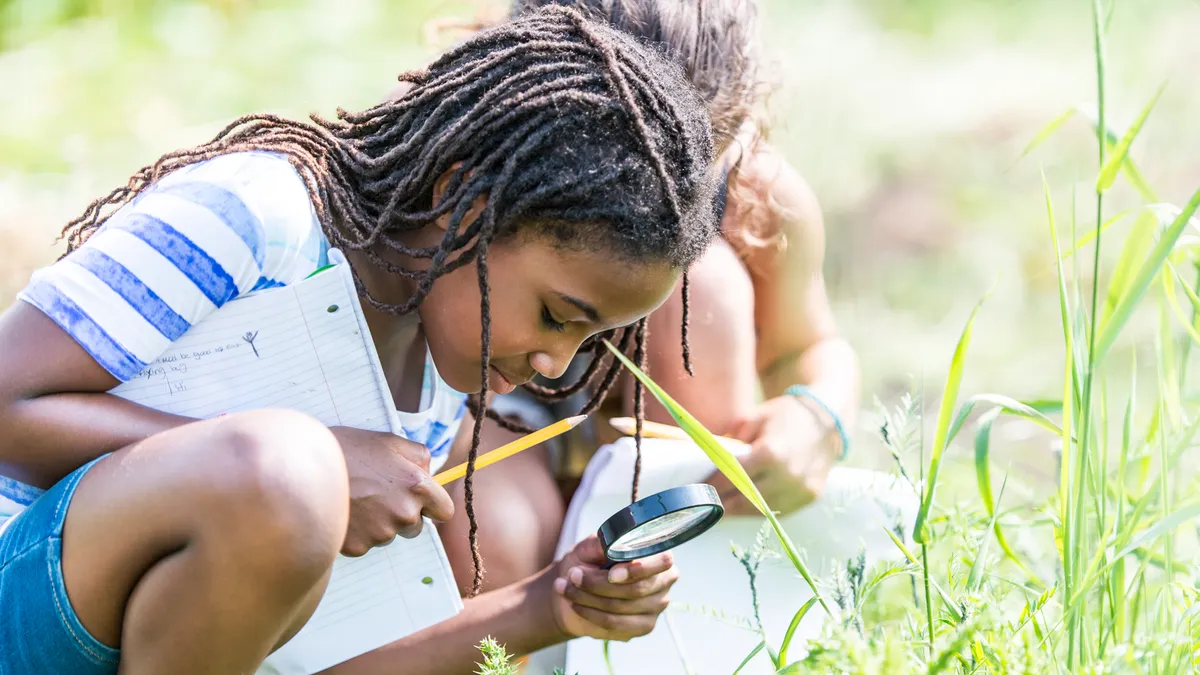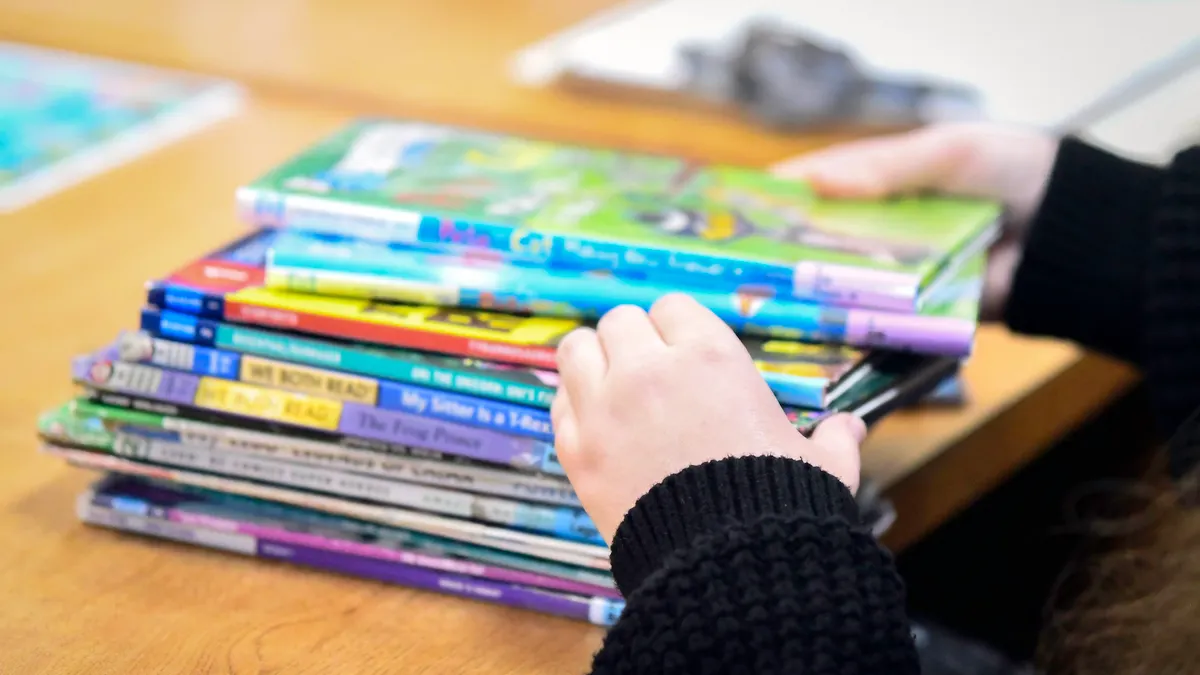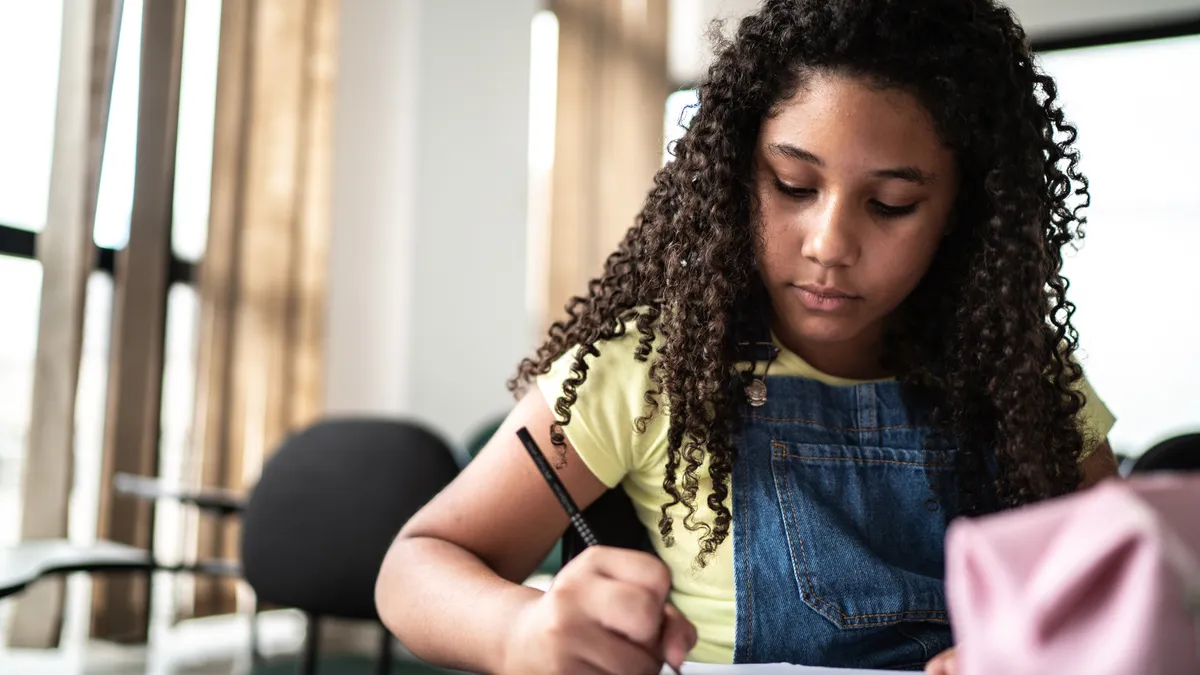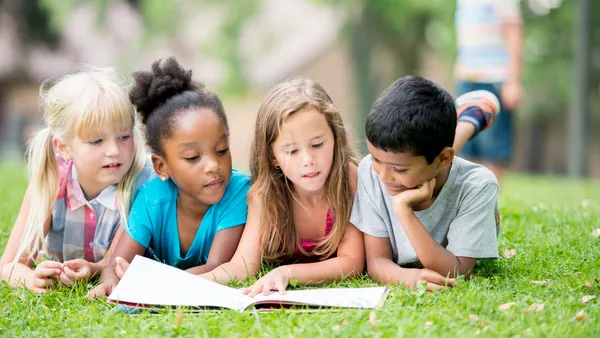Students in grades 3-8 are closing reading and math achievement gaps caused by pandemic disruptions to learning. But for some students — particularly those in the lower and upper end of these grades — full progress could take five or more years.
Black and Hispanic students, as well as students from high-poverty schools also have the most ground to cover on the road to recovery, according to an analysis of testing data by the nonprofit NWEA, which administers the MAP Growth assessments.
“This is a great moment for school leaders to look for opportunities to give classroom teachers the flexibility they need to serve students with varying degrees of proficiency, like flexible schedules and adding staff that can support dynamic student grouping,” said Chase Nordengren, principal research lead for Effective Instructional Strategies at NWEA, in a statement dated Tuesday.
NWEA researchers looked at testing data from nearly 7 million students in grades 3-8. While the most recent data studied is from fall 2022 test takers, researchers incorporated previous assessment results for comparison to pre-COVID-19 trends as well as the 2021-22 school year.
Youngest and oldest students show widest gaps
While collectively, students are showing strong signs of academic rebound, not all student groups are pacing at the same rates. The youngest students in 3rd grade and the oldest students in 8th grade showed slower improvement rates in reading and math from spring 2021 to fall 2022 compared to students in other grades.
Reading gaps between spring 2021 and fall 2022
The youngest and oldest students, for example, shrunk achievement gaps in reading and math by 10-15%. In other grade cohorts, gaps decreased by 23-43%.
For many students, test scores bottomed out in spring 2021, the report said. That was when achievement gaps were at the widest relative to historical trends.
Math gaps between spring 2021 and fall 2022
But with more opportunities for in-person learning in summer 2021 and the 2021-22 school year, achievement gaps began narrowing. That's when students began to grow again at rates consistent with pre-pandemic trends, said Karyn Lewis, a co-author of the report and director of the Center for School and Student Progress at NWEA.
"We continue to see that in the fall of ‘22, and those gaps have shrunk even further in this most recent testing," Lewis said.
Full recovery likely to extend beyond ARP obligation deadline
Even with evidence of continued rebounding, researchers estimate a full recovery is years away. Math and reading recovery for 3rd- and 8th-grade students is expected to take five or more years.
For all but one grade cohort, that recovery would likely be beyond the September 2024 deadline for districts to finalize spending plans for American Rescue Plan dollars. Only grade 6 students' math achievement is expected to be fully recovered by September 2024 among the groups studied.
Pandemic achievement gaps could take 2 to 5+ years to fully close
To estimate the timelines for full recovery, researchers looked at the rate achievement gaps have been shrinking over the last several testing cycles and estimated when the gaps would close completely at current rates.
For 8th graders, the 5+-year estimate for full recovery goes beyond their high school years. For the youngest students — who were in kindergarten when the pandemic began — the sluggish pace of reading progress is alarming, Lewis said.
"It suggests it was particularly harmful to be in Zoom school and kindergarten when you were picking up essential reading skills," she said. "That group is one that I think we really need to keep a close eye on."
The NWEA analysis found areas where academic rebound is happening unequally across student groups. For example, 4th grade White students taking math assessments had an average -0.12 standard difference between pre-pandemic testing and fall 2022 testing, compared to -0.25 for Black students, -0.20 for Hispanic students, and -0.25 for students attending high-poverty schools.
"Despite signs of rebounding, students in high-poverty schools and Black and Hispanic students have been disproportionately impacted, especially in the youngest grades," the report said. "As a result, these students still have the most ground to regain."
Students lost less ground over summer 2022
Students' test score averages typically tend to decline from spring to fall testing seasons. That decline is known as the summer slide. What happened during the summer of 2022 falls in the category of good news, as students lost less ground than what typically happened pre-pandemic.
"That's still true in this most recent summer. Students were still on average losing some ground over the summer months, but it wasn't as extreme as in a typical year," Lewis said.
Students lost less ground in summer 2022 than is typical
For example the grade 4-6 cohort in summer 2019 averaged a -0.32 standard deviation for math progress, but in summer 2022 averaged -0.26.
The NWEA study did not investigate causes of certain trends, though other analyses point to significant investments of federal emergency funding for summer learning and after-school programs as having helped.
Research of district ARP spending plans released in June by FutureEd at Georgetown University's McCourt School of Public Policy shows summer learning was the top approach in addressing academic recovery. ARP requires local districts and charter schools to use at least 20% of the funding on evidence-based practices for addressing learning loss.
In addition to anticipating how long it will take for students to make a full academic recovery, educators are also eager to know what interventions are having the most impact.
The Road to COVID Recovery project led by the Center for Education Policy Research at Harvard University is hoping to provide some answers by giving districts evidence of what's working and what's not.
Math recovery moving at quicker pace than reading
Previous research showed that math scores overall fell at a larger rate than reading. Now, however, math rebounds are happening more quickly than reading ones. While the NWEA research doesn't dig into causality, this trend may reflect the strides educators took to provide math supports to students who were behind — but it's difficult to say for certain, Lewis said.
Others have theorized that during remote learning, parents were more confident in supporting their children's reading instruction over math, and also that math instruction was harder to deliver online.
Learning recovery as measured by assessment data since spring 2021 hasn't been a steady uphill climb, but rather has happened in "fits and spurts," Lewis said. For instance, reading progress typically has occurred between spring and fall. For math, progress has occurred over the school year and summer months.
But even though reading gaps stayed flat over the 2021-22 school year, that was consistent with pre-pandemic trends, Lewis said.
"It was when growth was more sluggish compared to pre-pandemic trends — that's where those gaps widened," Lewis said.


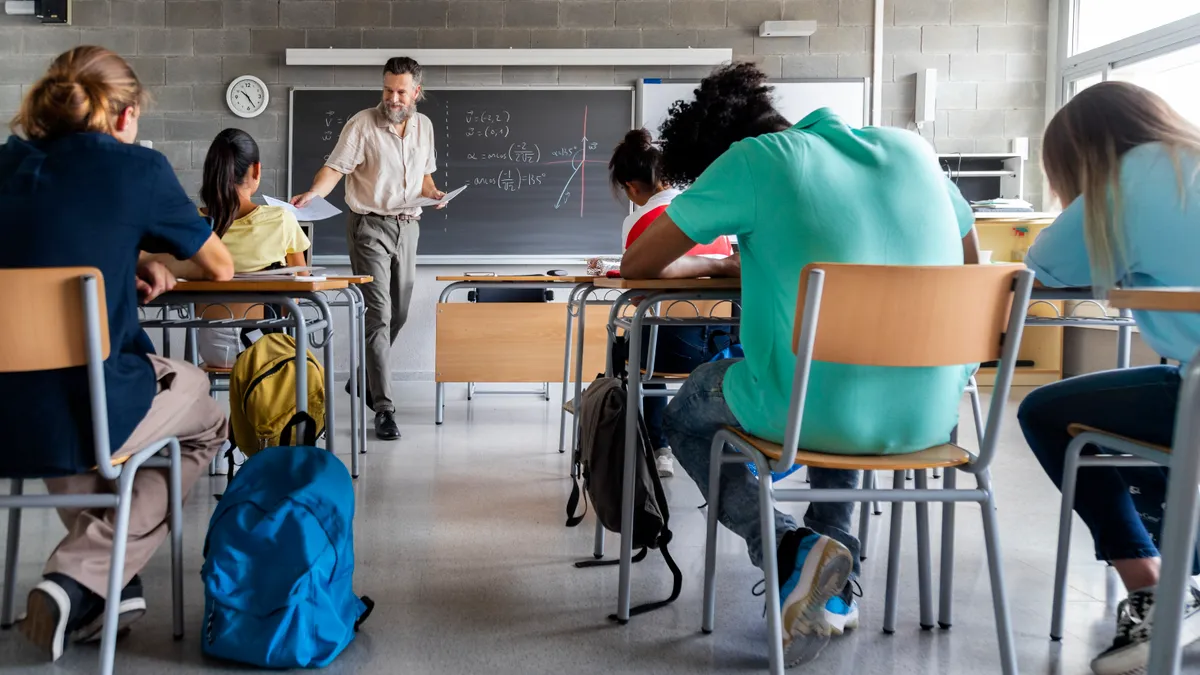




 Dive Awards
Dive Awards


